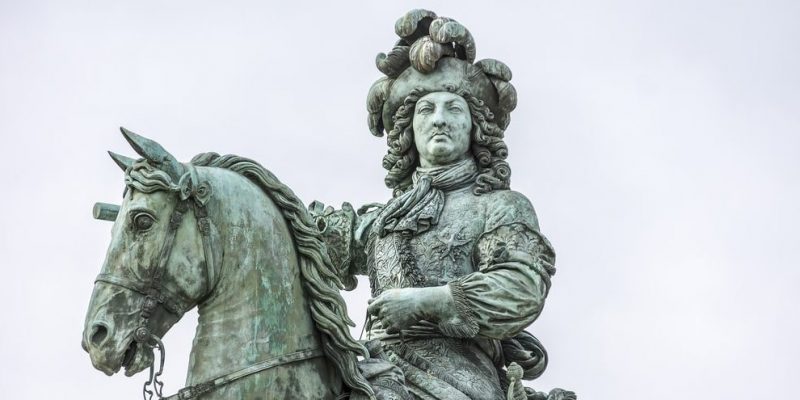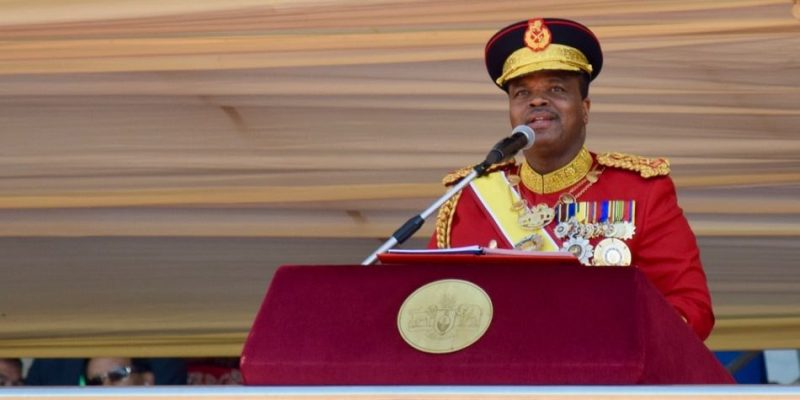We explain what an absolute monarchy is, its characteristics and what absolutism is. Furthermore, constitutional monarchies.

What is absolute monarchy?
An absolute monarchy or absolutist monarchy It is a form of government that places all political power in the hands of a king. In it there is no separation of powers or counterweights to the will of the monarch, whether or not there are political institutions other than the throne (such as parliament or the courts). In this system, the word of the monarch is law, and no force of the State can contradict him.
Monarchies of this type were common throughout much of ancient history although in very different ways depending on the culture. It was almost always thought that the power of the monarch was divine (that is, that it emanated from a God or that the king himself was one), so that his word was sacred and incontrovertible.
However, the absolutist monarchy It is linked to the authoritarian monarchies of Western Europe at the end of the Middle Ages. and the beginning of the Modern Age, a consequence of the crisis of the feudal system and the beginning of the process of transformations that led to capitalism.
A perfect representative of this form of government was Louis XIV, French king who ruled from 1643 to 1715. He personally exercised the three political powers (executive, legislative and judicial) and to whom the phrase “L'État, c'est moi” (in French: “The state is me”).
In addition, The last representative of absolutism in Europe was Tsar Nicholas II of Russia who governed from 1894 until his abdication in the face of the February Revolution of 1917.
Most of Europe's absolutist monarchies ended up becoming constitutional monarchies, due to internal and external pressures, or falling under the weight of violent revolutions, to give way to republican governments of a different nature.
See also: Theocracy
Characteristics of the absolutist monarchy
In general, absolutist monarchies are characterized by:
- Gives a monarch absolute control of the State so that national sovereignty is embodied in his own person. The monarch is a ruler for life and of nobility.
- Lacks any separation of public powers (executive, legislative and judicial), since either they are exercised directly by the king himself, or he has the final voice to approve or reject the decisions of any State institution.
- As a consequence of the above, The king could not be subjected to trials of any kind by his subjects, regardless of the measures he had taken or the decisions he made.
- The exercise of the power of the monarch is linked in one way or another to the law of God or with divine commands, and therefore the king is considered to rule as an emissary of divine will.
absolutism
Absolutism is the political philosophy and model of thought that allowed the emergence of absolute monarchies in Renaissance Europe, and through this the emergence of modern states. Overall, it was a doctrine that proposed the need to concentrate the greatest possible amount of political power in the hands of the king so that he would govern in a unique, unquestionable, inalienable and lifelong way.
absolutism It is typical of the so-called Ancien Regime, that is, the forms of monarchy prior to the French Revolution..
It should not be confused with contemporary totalitarianism. Its main difference is that sovereignty in absolutism did not fall on the State, but on the person of the king himself, so that there was not really a “State”, but rather the authority of the king as a kind of paterfamilias (paternalistic) over all of his subjects.
Absolute monarchies today

At the beginning of the 21st century, and as surprising as it may seem, there are still different absolute monarchies, in which the State is controlled by the will of a king, such as:
- Saudi Arabia ruled by Salman bin Abdulaziz.
- Brunei governed by Hassanal Bolkiah.
- Taste ruled by Tamim bin Hamad Al Zani.
- Oman ruled by Haitham bin Tariq Al Said.
- Swaziland ruled by Mswati III.
Absolute monarchy and constitutional monarchy
The difference between these two political regimes is based on the limits of the political power exercised by the king. In both cases, the king is a life-long, hereditary and sovereign authority, central to the management of the State, but unlike the absolute monarchies of the Old Regime, In constitutional monarchies there is a law above the wishes of the monarch generally embodied in a national constitution.
Thus, the legal text establishes the powers and duties of the king, delimits his power and authority, forcing it to coexist with other forms of public power to a greater or lesser extent. It is not necessarily that the king is part of a democratic government, but that his powers are delimited in advance, thus allowing the existence of a State of which he is a part.
References
- “Absolute monarchy” on Wikipedia.
- “Absolutism” on Wikipedia.
- “The absolute monarchy” (video) in History in comments.
- “From absolute monarchy to the modern capitalist state” at the National Autonomous University of Mexico (UNAM).
- “Absolutism (political system)” in The Encyclopaedia Britannica.





